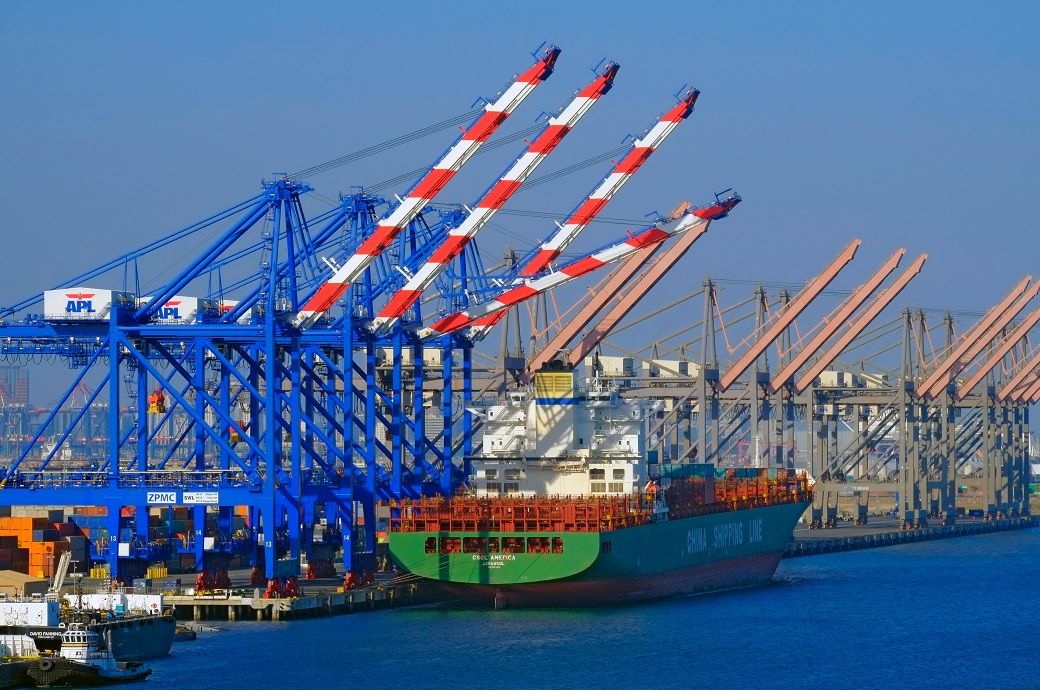
US ports covered by Global Port Tracker handled 2.36 million twenty-foot equivalent units (TEU)—one 20-foot container or its equivalent—in July, although numbers for New York/New Jersey, Port Everglades and Miami were estimated because they have not yet reported their data. That was up 20.1 per cent from June as retailers brought in merchandise ahead of tariffs set to take effect in August, and up 1.8 per cent year over year (YoY). It would be the second-busiest month on record, topped only by 2.4 million TEU in May 2022, NRF said in a press release.
Ports have not yet reported numbers for August, but Global Port Tracker projected the month at 2.28 million TEU, down 1.7 per cent YoY but higher than that 2.2 million TEU expected before the postponement of China tariffs and the new tariff on India.
September is forecast at 2.12 million TEU, down 6.8 per cent YoY; October at 1.95 million TEU, down 13.2 per cent, and November at 1.74 million TEU, down 19.7 per cent. December is forecast at 1.7 million TEU, down 20.1 per cent YoY for the slowest month since 1.62 million TEU in March 2023.
While the falling monthly totals are related to tariffs, the YoY percentage declines are both because of this year’s early peak season and because imports in late 2024 were elevated by concerns about port strikes.
The first half of 2025 totalled 12.53 million TEU, up 3.6 per cent YoY. The full year is forecast at 24.7 million TEU, down 3.4 per cent from 25.5 million TEU in 2024. January 2026 is forecast at 1.8 million TEU, down 19.1 per cent YoY.
“We have seen the implementation of reciprocal tariffs across the globe, with a number of key trading partners being subjected to tariffs higher than the earlier 10 per cent tariffs,” said Jonathan Gold, vice president for supply chain and customs policy at NRF.
“We also continue to see more and more sectoral tariffs impacting a wider scope of products. Retailers have stocked up as much as they can ahead of tariff increases, but the uncertainty of US trade policy is making it impossible to make the long-term plans that are critical to future business success. These tariffs and disruptions to the supply chain are adding costs that will ultimately lead to higher prices for American consumers,” added Gold.
“Tariffs have had a significant impact on trade,” said Ben Hackett, founder at Hackett Associates. “The trade outlook for the final months of the year is not optimistic.”
ALCHEMPro News Desk (SG)
Receive daily prices and market insights straight to your inbox. Subscribe to AlchemPro Weekly!